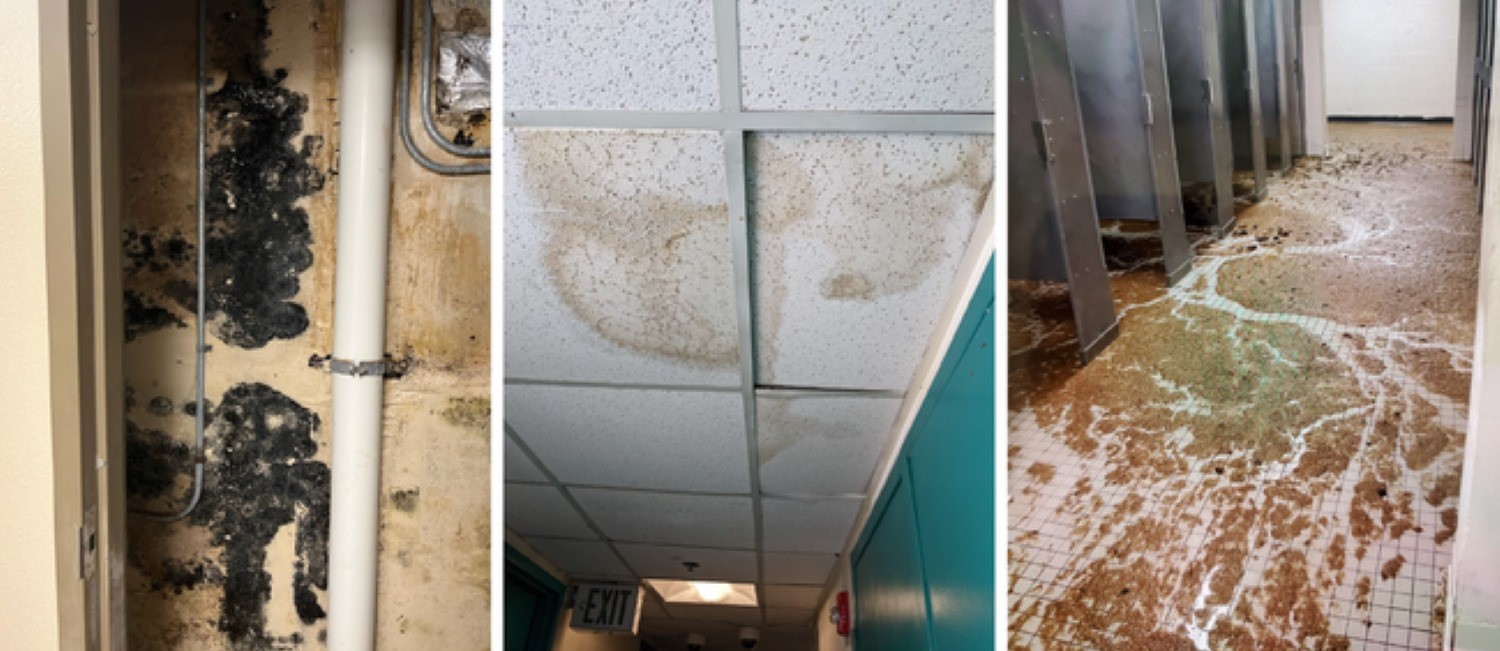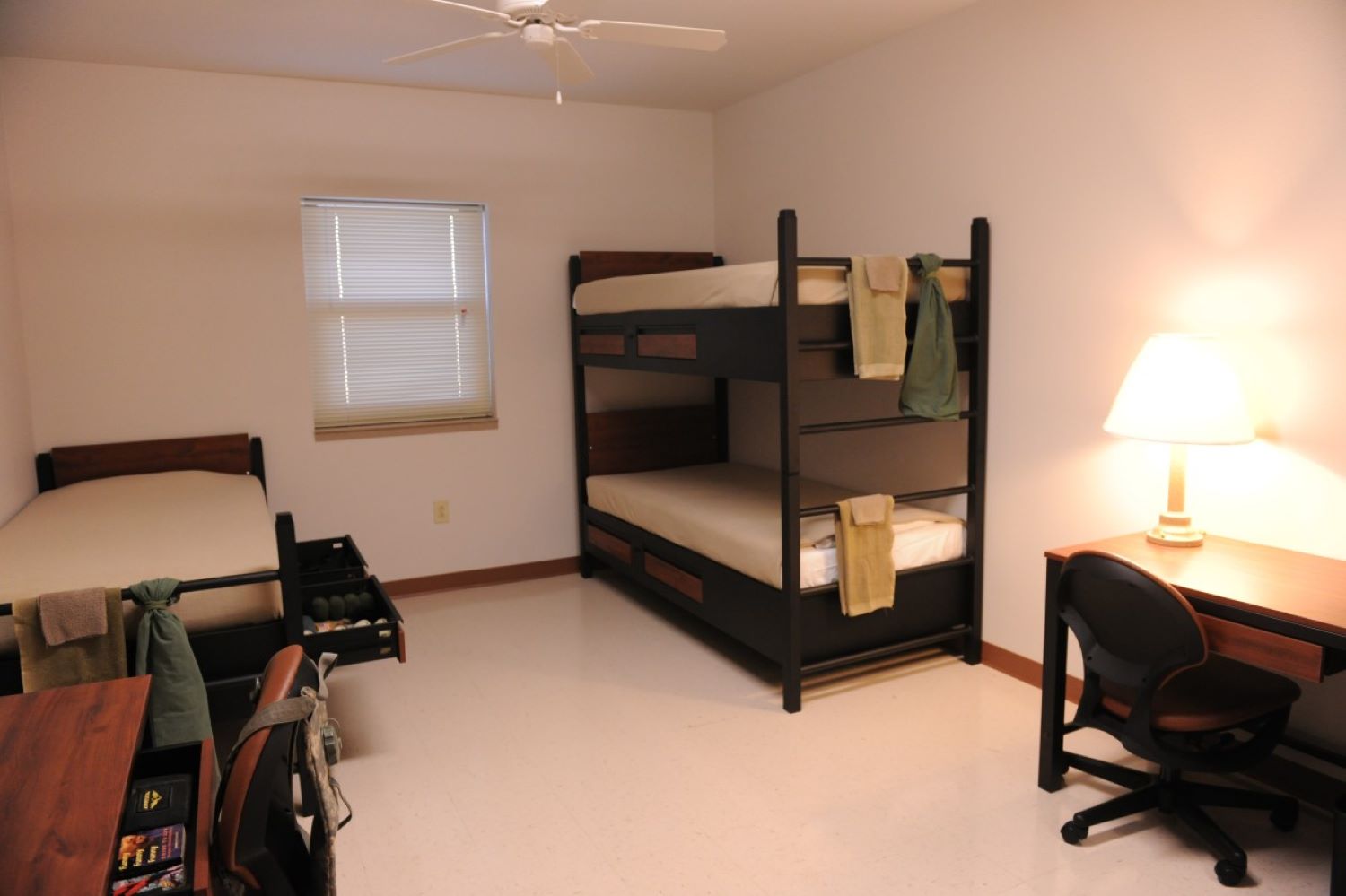Quality of Life Under Fire: Tackling the Challenges Facing Service Members Today
The U.S. Department of Defense (DoD) is dealing with many public issues, and one of the most debated is how to balance improving the quality of life for service members with investing in advanced weapons and technology.
This debate is about how to allocate resources and set priorities. According to the Military Family Lifestyle Survey Comprehensive Report, over 60% of military families feel that their quality of life needs substantial improvement.
The Trade-Off: Advanced Weaponry vs. Service Member Well-Being
On one hand, cutting-edge technologies such as artificial intelligence, hypersonics, and unmanned aerial systems are essential for maintaining national security and ensuring battlefield dominance.
On the other hand, the well-being of service members is equally important.
Quality of Life Challenges in the Military
Service members in the U.S. military face many challenges related to their quality of life, which can impact their overall well-being and readiness.
Issues with food, housing, healthcare, and maintenance are particularly concerning. Many service members report poor food quality and limit healthy options in military facilities. Food insecurity remains a challenge for troops and their families, highlighting the need for better food quality and accessibility.
Military housing often has serious problems like mold, sewage overflow, rodent infestations, and broken air conditioning. These issues pose health and safety risks and lower the morale and effectiveness of the troops.
Some barracks do not meet the Department of Defense’s minimum standards for living conditions. For example, service members at various installations have reported regular water issues, broken fire safety systems, and insufficient heating and cooling.

Besides, access to quality healthcare is a big concern for service members. They often have to wait a long time for medical appointments and don’t get enough mental health support. This means many health issues go untreated, which lowers their readiness and ability to do their jobs effectively.
Poor oversight and maintenance make these problems even worse. Reports show that the Department of Defense has major weaknesses in keeping military barracks in good condition. Poor planning and oversight have left many service members living in unsafe and unhealthy environments.
The Government Accountability Office (GAO) found that some installations even require residents to handle quality-of-life issues themselves, like cleaning up biological waste after a suicide.
“These are just a few of the statements we heard: ‘It’s depressing to come home to a dark box after work. I feel cramped and like the walls are closing in, and that causes me anxiety and stress. The barracks feel like living in a rundown motel or in a prison,’ ” said Elizabeth Field, the director of the GAO’s defense capabilities and management team.
Maintenance teams are often slow or unresponsive, with some issues taking months to fix. Additionally, the DoD does not reliably check the conditions of barracks, and some do not meet basic standards for privacy and layout.
Prioritizing Military Technology Over Basic Needs of Troops
The U.S. Department of Defense has been heavily investing in advanced weaponry and technology to maintain a strategic advantage on the global stage. This includes developing cutting-edge capabilities such as artificial intelligence, hypersonics, and unmanned aerial systems.
Mara E. Karlin, who is performing the duties of deputy undersecretary of defense for policy, emphasized the importance of the Department of Defense’s ability to accelerate innovation and adopt key technologies. She stated that this capability is a vital part of the United States’ strategy to maintain a lasting military advantage.
Karlin highlighted the department’s proposed budget for fiscal year 2024, which includes $145 billion for research and development and $170 billion for procurement.

“That’s a huge percentage of a budget that would be $842 billion, and I would note the largest commitment ever in these areas,” Karlin said during a panel discussion hosted by the Ronald Reagan Institute in Washington.
However, this focus on modernization often comes at the expense of improving the quality of life for service members, as mentioned above. Critics argue that some of these funds could be better spent on improving the living conditions and well-being of service members.
The challenge is finding a balance between investing in advanced technology and ensuring service members have a good quality of life. While advanced weaponry is crucial for national security, the well-being of the troops is equally important for maintaining a ready and effective military force.
A comprehensive approach that addresses both immediate quality-of-life needs and long-term strategic investments is essential for the overall success of the military.
Lawmakers have recognized this need, with some advocating for increased funding for quality-of-life improvements despite budget constraints. For example, the fiscal year 2025 budget request includes a 4.5% pay raise for troops and significant investments in improving military housing.
The Toll of Low Quality of Life
The quality of life for service members is very important because it affects their overall well-being, effectiveness, and the military’s readiness. When service members face poor living conditions, it can lead to serious problems with their health, make it harder to recruit and keep personnel, and reduce overall readiness.
These issues show why it’s so important to address quality-of-life concerns to ensure a motivated, healthy, and capable military force.
Impact on Mental and Physical Health
Poor living conditions in military barracks, such as mold, sewage overflow, rodent infestations, and broken air conditioning, pose serious health risks. These conditions can lead to various physical health problems, including respiratory issues, infections, and other illnesses.
For example, mold exposure can cause respiratory problems like asthma and allergic reactions, while sewage overflow and rodent infestations can lead to infections and other health complications.
The stress of living in such environments can significantly worsen mental health issues. Service members already face high-stress situations due to their work, and poor living conditions only add to this burden. Issues like anxiety, depression, and post-traumatic stress disorder (PTSD) can be made worse by living in unhealthy and unsafe environments.

The Government Accountability Office found that poor living conditions in military barracks negatively affect the mental health of service members, contributing to increased stress and mental health issues.
Long wait times for medical appointments and inadequate mental health support further compound these problems. Service members often face delays in receiving medical care, which can lead to untreated health issues and decreased overall well-being.
The lack of timely and effective healthcare services means that both physical and mental health problems can go unaddressed, leading to a decline in the overall health of service members.
For example, a GAO report highlighted that some military barracks do not meet the Department of Defense’s minimum standards for health and safety, with issues such as broken windows, inoperable fire systems, and insufficient privacy.
These conditions not only pose immediate physical risks but also contribute to a stressful living environment that can worsen mental health conditions.
How Quality of Life Affects Military Recruitment and Retention
Poor living conditions, inadequate healthcare, and low morale can discourage potential recruits from joining the military and lead to higher dropout rates among current service members. For example, low retention rates due to inadequate pay or poor quality of life can create a less experienced and less stable force, increasing the pressure on recruitment efforts.
When prospective service members hear about substandard living conditions, long wait times for healthcare, and low morale, they may be less inclined to enlist.
The U.S. military is already facing a recruitment crisis, with fewer young Americans willing and able to serve. This issue is compounded by the fact that only 23% of Americans are qualified to serve, and many do not consider the military a viable option due to perceived quality-of-life issues.
“Right now, 83% of the young men and women coming into the Army are coming from military families,” said Gen. James McConville, Chief of Staff of the Army. “However, only 23% of Americans are qualified to serve. We are not going to lower standards. Quality is more important than quantity.”
For those already in service, poor quality of life can lead to higher dropout rates. Service members who experience inadequate pay, poor living conditions, and insufficient healthcare are more likely to leave the military when their contracts end.
This creates a less experienced and less stable force, which can negatively impact military readiness and effectiveness. A report highlighted that low retention rates due to poor quality of life can increase the pressure on recruitment efforts, as the military must constantly replace experienced personnel with new recruits.
Positive perceptions of military life are crucial for attracting and retaining qualified personnel. Addressing quality-of-life issues is essential for maintaining a motivated and capable force.
Many young people today don’t consider the Army as an option when they become old enough to enlist, partly because they aren’t aware of the opportunities it offers.
As Stephanie Miller, Deputy Assistant Secretary of Defense of Military Personnel Policy said, “It’s just that they don’t know what those opportunities are and how we can meet their drive for passion, for purpose, for relationships and a clear path to success,”
To address this, the Army is exploring various types of media to better communicate its message to potential recruits.
“We’re looking to be a more precision deliverer of our messaging and our strategy,” Miller said.
While reaching a wider audience through different types of media is a good start, it’s not enough to address the deeper issues affecting military recruitment and retention. Improving the quality of life for service members is crucial.
Impacts of Poor Quality of Life on Readiness
Poor quality of life greatly harms military readiness. When service members live in bad conditions, it affects their ability to do their jobs well and handle various challenges.
The Government Accountability Office (GAO) has reported that poor living conditions in military housing lower the quality of life for service members and their families, which in turn hurts military readiness.
Stress and dissatisfaction from poor living conditions can lower motivation and morale among service members. Living in unhealthy and unsafe environments adds to the already high stress levels of military service, making mental health issues like anxiety, depression, and PTSD worse.
PTSD is a mental health condition that can develop after an individual experiences or witnesses a traumatic event. For service members, this often includes exposure to combat, military accidents, or other life-threatening situations. PTSD can lead to a range of symptoms, which may manifest in different ways.
The long-term effects of poor quality of life on military readiness are serious. A military force with high dropout rates, low morale, and health issues is less capable of responding to national security threats and completing its missions effectively.
Efforts to Improve Quality of Life for Service Members
The U.S. Department of Defense has implemented several comprehensive programs and initiatives to enhance the quality of life for service members.
On September 13, 2024, Secretary of Defense Lloyd J. Austin III announced new initiatives as part of his “Taking Care of Our People” priority. These initiatives aim to improve the well-being of military members and their families by addressing healthcare, housing, childcare, and overall quality of life.
“Early in my tenure as secretary of defense, I made taking care of our people a top priority,” Defense Secretary Lloyd Austin said in the memorandum. “Doing right by our all-volunteer joint force and their families is a core readiness issue.”
The Department of Defense has many programs to support service members. For healthcare, the DoD offers Health Care Flexible Spending Accounts (HCFASs), allowing service members to set aside pre-tax dollars for medical expenses.
This helps reduce the financial burden of healthcare costs. The DoD also focuses on providing timely and effective healthcare, including mental health support.
Housing improvements are another key area. The Military Housing Privatization Initiative (MHPI) partners with private developers to build and renovate housing units, ensuring better living conditions. The Military Family Housing Improvement Act provides funding to maintain and improve military family housing, making sure homes are safe and comfortable.
Childcare and education are also important. The Military Child Care Act increases the availability and affordability of childcare by funding the construction and renovation of childcare facilities. The DoD has also expanded access to affordable childcare and education options, providing financial assistance to help families.

Employment opportunities for military spouses are supported through Military Spouse Employment Programs. These programs offer resources, training, and support to help spouses find and keep meaningful jobs, contributing to the overall well-being of military families.
“Taking care of our people is fundamental to the department’s ability to recruit and retain the most talented American patriots and to ensure that the U.S. military remains the most lethal fighting force on the planet – and it is simply the right thing to do,” Austin stated.
Recent initiatives announced by Secretary Austin include providing free internet access in barracks, lowering the cost of Permanent Change-of-Station (PCS) moves, reducing uniform costs for enlisted service members, and improving conditions at remote and isolated installations. These efforts aim to address immediate needs and create a more supportive environment.
For example, free wireless internet in barracks helps service members stay connected with their families and access online resources. Lowering the cost of PCS moves and reducing uniform costs help ease financial burdens. Improving conditions at remote installations ensures that service members have the resources they need.
Besides, in a March 2022 memo, Secretary of Defense Lloyd J. Austin III directed the implementation of universal pre-kindergarten at Department of Defense Education Activity schools.
Additionally, he introduced dependent care flexible spending accounts, allowing service members with dependents to set aside up to $5,000 in pretax income for eligible expenses such as childcare, preschool, before or after school programs, and summer camps.
The March initiatives offered better support for families with exceptional members. The department created a standard way to enroll and unenroll families from the program, required support staff to contact each enrolled family every year, improved how support staff are assigned, and made it easier for families to switch support personnel.
Furthermore, the March 2022 efforts addressed the employment challenges faced by military spouses. The My Career Advancement Account (MyCAA) program was expanded, offering eligible military spouses up to $4,000 in financial assistance to pursue licenses, certificates, or associate degrees.
“We have a certain amount of dollars that would be put towards MyCAA, and we wanted to start with those ranks that were going to have the highest impact,” a defense official said.
Evaluating the Effectiveness of These Efforts
The U.S. Department of Defense has implemented numerous initiatives to improve the quality of life for service members and their families. But the question remains: do these efforts really work?
The introduction of Health Care Flexible Spending Accounts has been positively received by many service members. These accounts allow service members to set aside pre-tax dollars for healthcare expenses, reducing the financial burden of medical costs.
The MHPI has led to improvements in military housing by partnering with private sector developers. Thousands of housing units have been constructed or renovated, providing better living conditions for service members and their families.
However, some reports indicate that issues with maintenance and oversight still exist, suggesting that while the initiative has made progress, there is room for further improvement.
The Military Family Housing Improvement Act has provided essential funding for maintaining and improving military family housing. Service members have reported better living conditions and increased satisfaction with their housing situations. The continued investment in housing improvements is crucial for sustaining these positive outcomes.
Improving conditions at remote and isolated installations is a positive step, but service members stationed in these areas often still face unique challenges. Limited access to healthcare, support services, and recreational activities can make life difficult for those in remote locations.
While these efforts have made strides in improving the quality of life for service members, challenges remain. Maintenance and oversight issues in housing, the need for more comprehensive mental health support, and the ongoing financial pressures faced by military families are areas that require continued attention.








